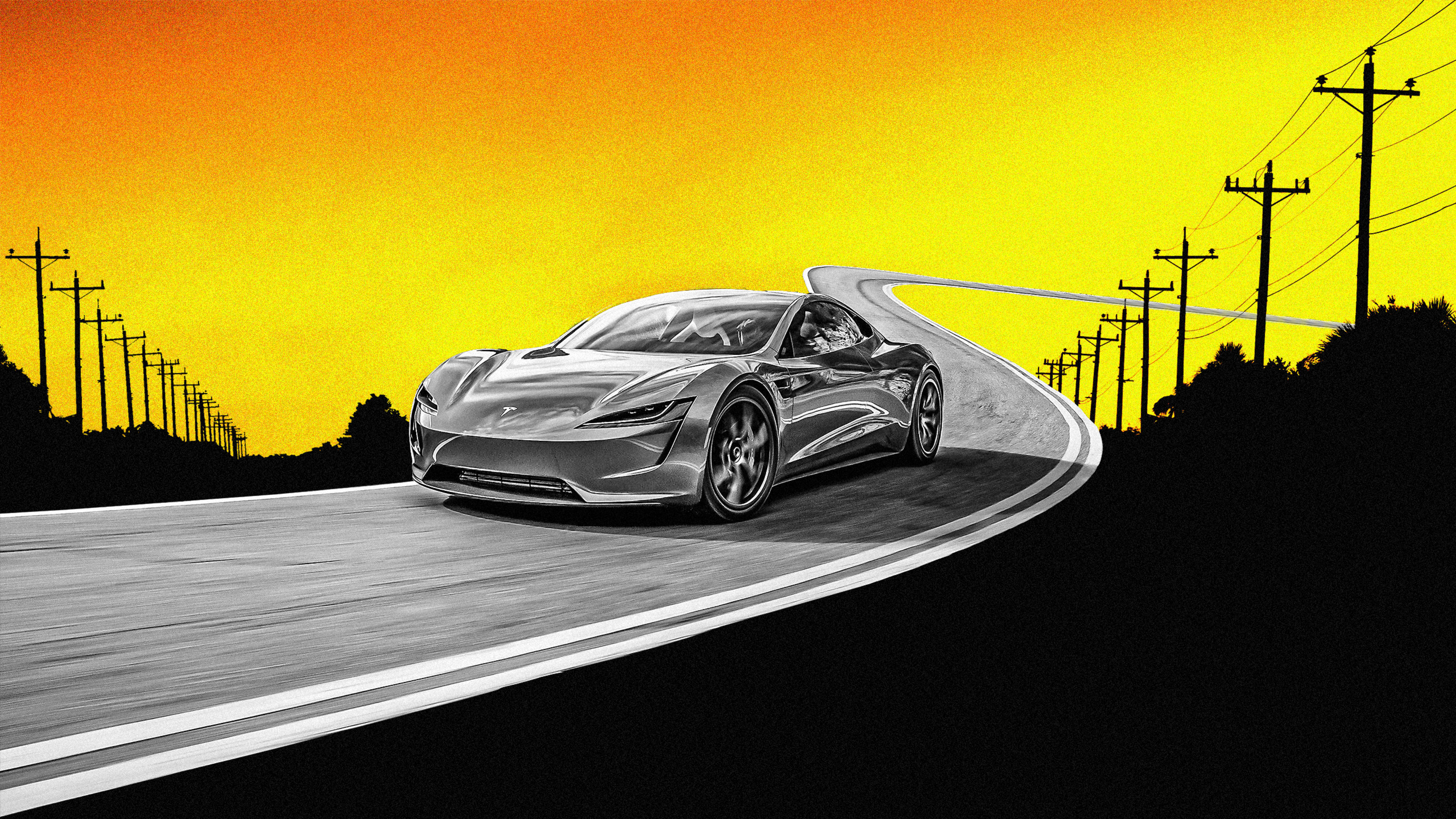While temperatures surge in California this weekend—straining the electric grid as millions of people crank up air-conditioning—some electric cars will automatically adjust when they charge to help avoid blackouts. The cars will always be ready to use when drivers need them. But by tweaking the timing, the system can help keep the grid running smoothly.
WeaveGrid is a San Francisco-based startup that builds software to connect EV drivers to the grid. It’s working with the local utility, Pacific Gas & Electric (PG&E), to pilot a new program that pays drivers to enroll their cars in smart charging. “We’re talking about thousands of drivers,” says WeaveGrid cofounder and CEO Apoorv Bhargava. “So that’s a pretty huge amount of load that we’re going to be moving off of peak.”
It’s similar to “virtual power plant” software in homes, which can help automatically adjust thermostats or run appliances at the best time to keep the grid operating in the face of increasing challenges from climate change. WeaveGrid’s pilot with PG&E will also take into account the risk from wildfires. When the weather is especially hot, dry, and windy, the utility may have to shut down some power lines to help avoid sparking a fire. But the system can ensure that when a shutoff is planned, electric cars are charged in advance.
Eventually, electric cars will also likely be used as batteries, helping store extra power from renewable energy, and sending it back into the grid when it’s needed. “As renewables become more prominent in electricity generation, you will see spikes—it’s not like it used to be with coal plants or nuclear plants, where the amount of electricity generated is more or less uniform through time,” says Heta Gandhi, a PhD student at the University of Rochester who has studied how vehicle-to-grid charging can benefit both the grid and drivers. “It depends on how much wind we have, or how much sun we have. When there are those spikes, you can charge your electric vehicle, and it can act as a storage device.”
Right now, most drivers don’t yet have bidirectional chargers that can send power back to the grid, and car companies and utilities also need to set up systems so EVs can be used in that way. (Some pilots are already underway, including with larger electric vehicles like school buses.) But even if cars simply adjust the timing of when they charge, that alone can make a huge difference.
“Our goal here at the company is to ensure that EVs are not going to be a challenge to the grid,” says Bhargava. “Yeah, at the end of the day, EVs are a massive new type of load. But what we’re trying to enable is that they can become a really powerful asset to the grid, rather than being a liability.” If cars charge when there’s extra renewable energy available, for example, grid operators can avoid curtailing wind or solar power.
For drivers, the system is designed to be unobtrusive. A dashboard shows the “smart” times when the car is scheduled to charge. Charging happens then automatically, though drivers can override it, when needed. Most people have flexibility; their car battery might store energy to drive 350 miles, but if they only need to drive 35 miles on their daily commute, a large amount of charging doesn’t have to happen at a particular time.
It’s critical to set the right systems in place now, Bhargava says, as both renewable energy and the number of electric vehicles on the road quickly grow, and climate impacts like extreme heat become even more common. “How do we ensure that EV drivers have the best experience possible so that they don’t get scared away and create more fears for previous options?” he says. “And in the long term, as we go from two-point-something million EVs to 280 million EVs, how do we ensure the grid is reliable in a world of, like, constant climate-induced strain that is going to continue? It’s not like we’re going to have cooler summers.”
“This is the first moment in the history of both the automotive and the electric industry where they’re going from being two independent systems to becoming the same integrated system,” he says. “Cars are now going to be dependent on the electric grid, and vice versa: The electric grid will very quickly become dependent on the valuable services that vehicles can provide.”
Recognize your brand’s excellence by applying to this year’s Brands That Matter Awards before the early-rate deadline, May 3.
